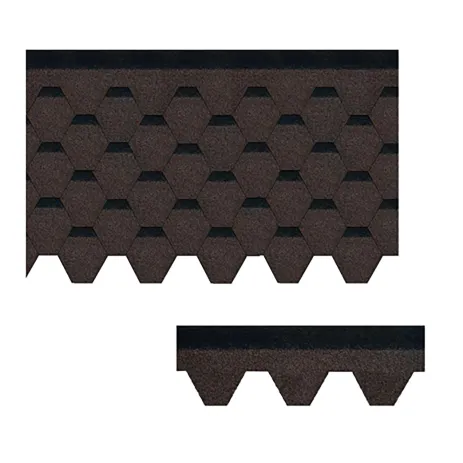
ነሐሴ . 13, 2024 22:28 Back to list
Exploring the Beauty and Durability of Terracotta Clay Roofs in Modern Architecture and Design
The Timeless Appeal of Terracotta Clay Roofs
Terracotta clay roofs are a traditional roofing choice that has stood the test of time, elevating buildings with their unique aesthetic and functional benefits. Originating from the Latin word ‘terra’, meaning earth, and ‘cotta’, meaning cooked or baked, terracotta is a durable material made from natural clay, shaped into tiles, and fired at high temperatures. This ancient technique has been utilized for centuries and continues to be relevant in modern architecture.
One of the most striking features of terracotta roofs is their distinctive warm hues, ranging from deep reds to earthy oranges and browns. These colors not only enhance the visual appeal of a home but also contribute to its integration within the surrounding landscape. Many architects and homeowners appreciate the rustic charm that terracotta tiles bring, complementing various architectural styles – from Mediterranean villas to Southwestern adobe homes.
In addition to aesthetic advantages, terracotta clay roofs offer numerous practical benefits. First and foremost, they are exceptionally durable. When installed correctly, terracotta tiles can last for several decades, or even centuries, making them a worthy long-term investment. Their resistance to weather elements, including high winds, snow, and heavy rain, ensures that they provide reliable protection for a building.
Terracotta roofs are also a sustainable choice. Made from natural clay, they are fully recyclable and have a minimal environmental impact compared to synthetic roofing materials. In addition, terracotta tiles have excellent thermal properties. They help regulate indoor temperatures, keeping homes cooler in the summer and warmer in the winter. This natural insulation property can significantly reduce energy consumption, leading to lower heating and cooling costs.
terracotta clay roof

The installation and maintenance of terracotta roofs are relatively simple. When properly installed, they require minimal upkeep and are resistant to pests, such as termites. The rough texture of terracotta tiles also prevents the buildup of algae and moss, which can often plague other roofing materials. However, it's essential to ensure that tiles are fitted correctly to avoid any potential leaks or structural issues.
Despite their many advantages, terracotta clay roofs do come with some considerations. One potential downside is their weight. Terracotta tiles are heavier than many other roofing materials, such as asphalt shingles, which means that the supporting structure of a building may need to be reinforced to handle the additional load. Furthermore, while terracotta is incredibly durable, it can be brittle and may crack if walked on carelessly or subjected to extreme temperature fluctuations.
In recent years, there has been a resurgence in the popularity of terracotta roofs as homeowners and builders seek sustainable and aesthetically pleasing materials. Advances in manufacturing technologies have also led to the production of lightweight terracotta tiles that retain the traditional aesthetic without the need for extensive structural reinforcement.
In conclusion, terracotta clay roofs are a quintessential choice for those seeking durability, sustainability, and distinctive beauty in their roofing options. They bring a unique character to buildings, reflecting history and craftsmanship while also providing modern efficiencies. As the demand for eco-friendly building materials continues to rise, terracotta roofs will likely remain a favored option in the architectural landscape, ensuring that their legacy endures for generations to come.
-
Premium Stone Coated Metal Roof Tiles | Spain Tile
NewsAug.05,2025
-
Types of Roof Shingles: Durable Styles & Materials
NewsAug.04,2025
-
Different 3 Tab Shingles Types | Affordable & Durable Roofing
NewsAug.03,2025
-
Premium Round Asphalt Shingles: Durable & Elegant Roofing
NewsAug.01,2025
-
Eco-Friendly Clay Tiles | AI-Enhanced Durability
NewsJul.31,2025
-
Durable Shingle Granules for Premium Roofs
NewsJul.31,2025







